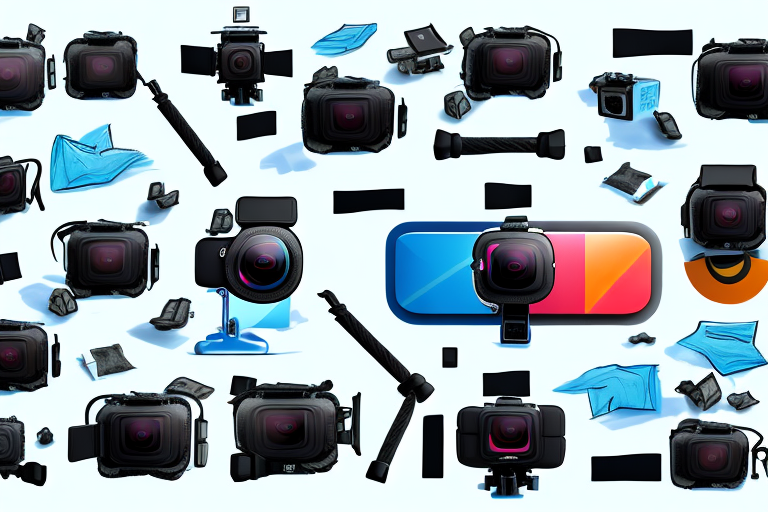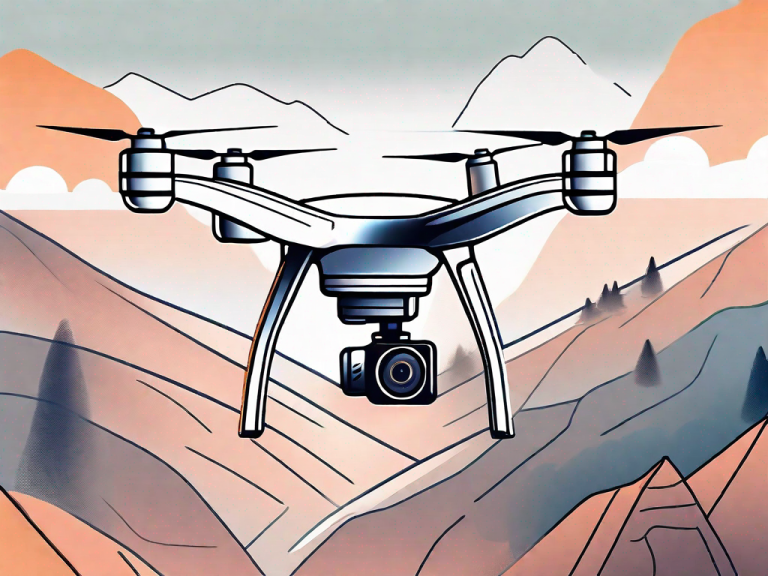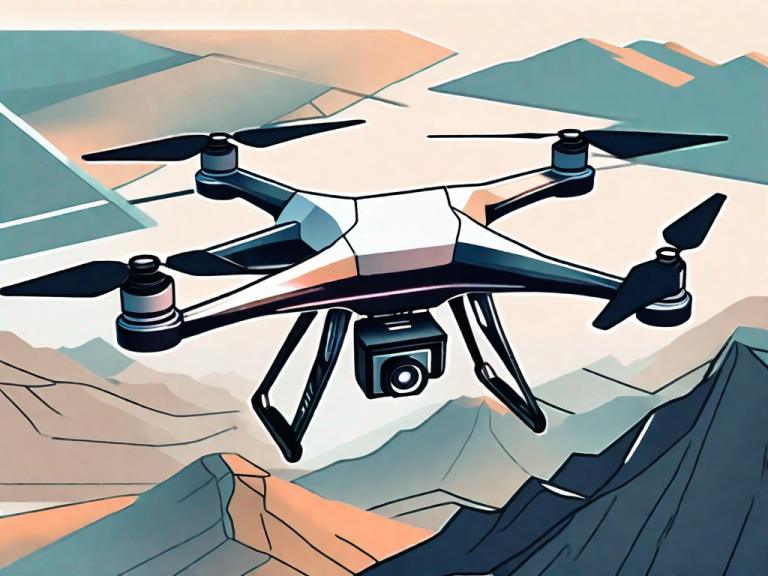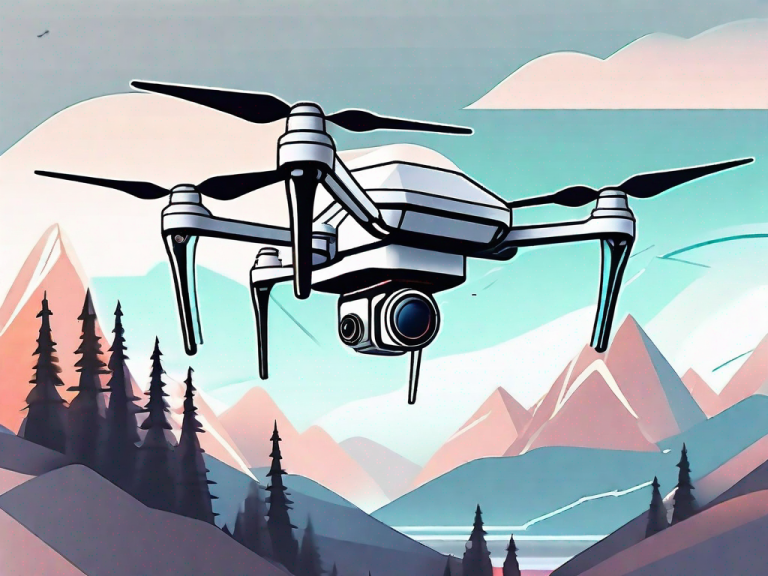Which Camera is Right for You: Gopro or DSLR?
Choosing the right camera for your photography needs can be a daunting task, especially when confronted with the decision between a Gopro and a DSLR. Both cameras have their own unique set of features and strengths, catering to different types of photographers and shooting situations. In this comprehensive comparison, we will explore and analyze the key differences between Gopro and DSLR cameras, enabling you to make an informed decision based on your specific requirements.
Firstly, let’s delve into the advantages of using a Gopro camera. Gopro cameras are known for their compact size and rugged build, making them ideal for capturing action-packed moments in extreme environments. Whether you’re into adventure sports, underwater photography, or simply want a camera that can withstand rough handling, a Gopro is a great choice. Additionally, Gopro cameras offer a wide range of accessories and mounts, allowing you to capture unique perspectives and angles.
On the other hand, DSLR cameras are favored by professional photographers and enthusiasts who prioritize image quality and versatility. With their larger image sensors and interchangeable lenses, DSLRs excel in producing high-resolution images with exceptional detail and dynamic range. They also offer manual controls, giving you full creative control over your photography. DSLRs are well-suited for various genres of photography, including portrait, landscape, and wildlife photography.
A Comprehensive Comparison: Gopro Vs DSLR
When comparing Gopro and DSLR cameras, it is essential to consider various aspects, such as image quality, portability, video capabilities, shooting modes, lens options, low light performance, durability, battery life, cost factors, user experience, and post-processing options. By examining each of these factors in detail, we can fully assess which camera will suit your photography needs best.
One important aspect to consider when comparing Gopro and DSLR cameras is the size and weight. Gopro cameras are known for their compact and lightweight design, making them highly portable and suitable for capturing action shots in extreme conditions. On the other hand, DSLR cameras tend to be larger and heavier due to their interchangeable lens system and advanced features. While DSLRs may offer more versatility in terms of lens options and manual controls, they may not be as convenient to carry around for outdoor adventures. Therefore, the decision between Gopro and DSLR ultimately depends on your specific photography needs and preferences.
Understanding the Pros and Cons of Gopro and DSLR Cameras
Before delving into the specific features and comparisons, let’s first understand the pros and cons of Gopro and DSLR cameras. Gopro cameras are renowned for their compact and rugged design, making them ideal for action and adventure photography. On the other hand, DSLR cameras excel in delivering exceptional image quality, flexibility in lens options, and advanced shooting capabilities. Both cameras have their advantages and disadvantages, which we will explore further in the subsequent sections.
One of the major advantages of Gopro cameras is their wide-angle lens, which allows for capturing a larger field of view. This is particularly useful for capturing landscapes, group shots, and immersive action shots. Additionally, Gopro cameras are equipped with advanced stabilization technology, which helps in reducing camera shake and producing smoother footage.
On the other hand, DSLR cameras offer a wide range of lens options, allowing photographers to choose the perfect lens for different types of photography. This flexibility enables photographers to capture various perspectives and achieve different creative effects. DSLR cameras also provide manual control over settings such as aperture, shutter speed, and ISO, giving photographers more control over the final image.
Exploring the Key Differences Between Gopro and DSLR
Gopro and DSLR cameras have distinct features and functionalities that set them apart. While Gopro cameras are designed primarily for capturing high-quality action footage, DSLR cameras offer versatility and customization options for a wide range of photography genres. This section will delve into the specifics of each camera’s capabilities, helping you understand the key differences and their implications on your photography.
One of the main differences between Gopro and DSLR cameras is their size and portability. Gopro cameras are compact and lightweight, making them ideal for capturing action shots on the go. They are often used in extreme sports and adventure photography, where a smaller camera is more convenient. On the other hand, DSLR cameras are larger and bulkier, but they offer superior image quality and more advanced features. DSLRs are commonly used by professional photographers who require precise control over their settings and the ability to interchange lenses for different shooting situations.
Evaluating the Image Quality: Gopro Vs DSLR
The image quality produced by Gopro and DSLR cameras differs significantly. DSLR cameras, with their larger sensors and advanced image processing capabilities, deliver superior image quality with more detail and dynamic range. Gopro cameras, on the other hand, are optimized for capturing fast-paced action, resulting in vibrant and well-saturated images. We will explore these differences in image quality and their impact on various photography scenarios in detail.
When it comes to image quality, one of the key factors to consider is the sensor size. DSLR cameras typically have larger sensors compared to Gopro cameras. This larger sensor size allows DSLRs to capture more light, resulting in better image quality, especially in low-light conditions. Gopro cameras, on the other hand, have smaller sensors, which can lead to more noise and less detail in low-light situations.
In addition to sensor size, another important aspect to consider is the lens quality. DSLR cameras often come with interchangeable lenses, allowing photographers to choose lenses that are specifically designed for different types of photography. This flexibility in lens selection gives DSLR users the ability to achieve higher image quality and sharper images. Gopro cameras, on the other hand, have fixed lenses that are optimized for wide-angle shots, making them ideal for capturing action-packed scenes but may not offer the same level of image sharpness and clarity as DSLR lenses.
The Battle of Portability: Gopro Vs DSLR
Portability is another crucial factor to consider when choosing a camera. Gopro cameras are incredibly compact and lightweight, making them perfect for on-the-go photography and situations where size and weight matter. DSLR cameras, while bulkier, offer better ergonomics and handling, allowing for comfortable shooting over extended periods. We will examine the pros and cons of each camera’s portability and their suitability for different photography needs.
One advantage of Gopro cameras is their ability to withstand extreme conditions. These cameras are built to be rugged and durable, making them ideal for outdoor adventures and action sports. Whether you’re skiing down a mountain or diving into the ocean, a Gopro camera can handle the elements and capture stunning footage. On the other hand, DSLR cameras may not be as resilient and may require additional protective gear in harsh environments. It’s important to consider the specific conditions in which you’ll be using your camera when evaluating its portability.
Assessing the Video Capabilities: Gopro Vs DSLR
Video capabilities play a significant role in choosing a camera for videography purposes. Gopro cameras have revolutionized the action camera market with their exceptional video modes, including high-resolution options, slow-motion capabilities, and image stabilization technology. DSLR cameras, on the other hand, offer greater control over video settings, interchangeable lenses, and the ability to achieve cinematic quality footage. We will compare and evaluate the video capabilities of Gopro and DSLR cameras to help you decide which camera is best suited for your video needs.
When it comes to video capabilities, Gopro cameras excel in capturing action-packed footage. Their compact size and rugged design make them ideal for capturing adventures and extreme sports. Gopro cameras are equipped with advanced image stabilization technology, which helps in reducing camera shake and producing smooth, professional-looking videos even in challenging environments.
On the other hand, DSLR cameras offer a wide range of video settings and manual controls, allowing videographers to have complete creative control over their footage. With the ability to change lenses, DSLR cameras provide versatility in capturing different perspectives and achieving various visual effects. Additionally, DSLR cameras often have larger image sensors, resulting in better low-light performance and higher image quality.
Shooting Modes Compared: Gopro Vs DSLR
Shooting modes determine the level of control and automation a camera offers, allowing photographers to capture images and videos as desired. Gopro cameras are built with simplified shooting modes, making them incredibly user-friendly for beginners and enthusiasts. DSLR cameras, however, provide a wide range of shooting modes, including manual control, aperture priority, shutter priority, and customizable settings, offering maximum creative control for professionals. We will analyze and compare the shooting modes of Gopro and DSLR cameras to identify which camera provides the optimal shooting experience for your specific requirements.
Examining the Lens Options: Gopro Vs DSLR
Lens options are a crucial consideration for photographers who demand versatility and flexibility in their imaging capabilities. DSLR cameras offer a vast array of interchangeable lenses, catering to different types of photography, such as wide-angle, telephoto, macro, and specialty lenses. Gopro cameras, on the other hand, feature a fixed, wide-angle lens, offering a unique perspective suited for action and adventure photography. We will delve into the lens options available for Gopro and DSLR cameras, helping you understand which camera system offers the lenses that align with your photography goals.
Low Light Performance Showdown: Gopro Vs DSLR
Low light performance is a critical aspect to consider, especially for photographers who frequently shoot in challenging lighting conditions. DSLR cameras excel in low light situations, thanks to their larger image sensors, superior noise reduction capabilities, and wider range of ISO sensitivity. Gopro cameras, while not matching the low light capabilities of DSLRs, have made significant advancements in recent models, producing impressive results in dimly lit environments. We will compare and assess the low light performance of Gopro and DSLR cameras for optimal image quality in varied lighting conditions.
Durability and Weather Resistance: Gopro Vs DSLR
When it comes to enduring harsh weather conditions and rugged environments, Gopro cameras are unbeatable. Built to withstand extreme conditions, Gopros are waterproof, shockproof, and dustproof, making them the preferred choice for outdoor adventurers. DSLR cameras, although not specifically designed for such extreme conditions, offer weather-sealed bodies and robust build quality, ensuring durability under demanding circumstances. We will evaluate the durability and weather resistance of Gopro and DSLR cameras to help you choose the camera that best suits your adventurous photography needs.
Battery Life Compared: Gopro Vs DSLR
Battery life is a vital consideration for photographers who require extended shooting sessions without frequent battery changes or recharges. DSLR cameras, with their larger bodies, often house more substantial batteries, resulting in longer battery life. Gopro cameras, due to their smaller size, have more limited battery capacities but offer various power-saving options to maximize battery usage. In this section, we will compare and contrast the battery life of Gopro and DSLR cameras, facilitating your decision-making process based on your shooting requirements and preferences.
Understanding the Cost Factors: Gopro Vs DSLR
Cost is a significant factor to consider when purchasing a camera, as it influences both your budget and the range of features you can access. Gopro cameras, being specialized in action and adventure photography, come at a comparatively lower cost than DSLR cameras. DSLR cameras, with their advanced technology, image quality, and extensive accessory options, often demand a higher investment. We will analyze the cost factors associated with Gopro and DSLR cameras in relation to their respective features and benefits, enabling you to make a well-informed decision regarding your photography investment.
Which Camera is Best for Action and Adventure Photography?
For photographers interested in action and adventure photography, both Gopro and DSLR cameras offer unique advantages. Gopro cameras, with their compact size, rugged design, and exceptional video capabilities, are the go-to choice for capturing dynamic moments in extreme situations. DSLR cameras, although less portable and compact, provide superior image quality, greater control, and a broader range of lens options, delivering stunning results in various action and adventure scenarios. We will assess the suitability of each camera for action and adventure photography, considering factors such as portability, durability, image quality, and video capabilities.
Which Camera is Best for Professional Photography?
Professional photographers often require a camera system that offers versatility, exceptional image quality, advanced features, and extensive customization options. While Gopro cameras have their own niche in the action and adventure photography market, DSLR cameras are the preferred choice for professional photography due to their superior image quality, interchangeable lenses, and extensive shooting controls. In this section, we will thoroughly evaluate the capabilities and limitations of both Gopro and DSLR cameras for professional photographers, assisting you in selecting the camera that meets your professional photography aspirations.
Which Camera is Best for Travel Photography?
Travel photography demands a camera that strikes a balance between portability, image quality, versatility, and ease of use. Gopro cameras, with their compact and lightweight design, are highly suitable for travel photography, allowing for easy travel and capturing adventurous moments. DSLR cameras, while bulkier, provide greater flexibility, exceptional image quality, and a broader range of lens options, enabling photographers to capture diverse landscapes and scenes with maximum control. We will explore the strengths and weaknesses of Gopro and DSLR cameras for travel photography, helping you decide on the camera that best aligns with your travel photography goals.
Breaking Down the User Experience: Gopro Vs DSLR
The user experience plays a crucial role in determining the overall satisfaction and ease of use of a camera system. Gopro cameras excel in user-friendly interfaces, intuitive controls, and simplified shooting modes, appealing to beginners and enthusiasts alike. DSLR cameras offer a more complex user experience, with a steeper learning curve but broader control options and advanced settings for enthusiasts and professionals. We will break down the user experience of Gopro and DSLR cameras, focusing on aspects such as user interface, control layout, and shooting experience, aiding you in selecting the camera system that best suits your proficiency level and desired level of control.
Comparing the Ease of Use: Gopro Vs DSLR
The ease of use is a critical factor, especially for beginners and casual photographers who prefer a camera system that is straightforward and user-friendly. Gopro cameras, known for their simplicity and ease of use, provide a hassle-free shooting experience through their intuitive controls and pre-set shooting modes. DSLR cameras, while more complex, offer a higher degree of customization and control, making them better suited for individuals who desire more creative input in their photography. We will compare and contrast the ease of use between Gopro and DSLR cameras, aiding you in selecting the camera system that aligns with your photography experience and comfort level.
Analyzing the Post-Processing Options: Gopro Vs DSLR
Post-processing plays a significant role in the final outcome of your images, allowing you to enhance and refine your photographs. Gopro cameras provide simplified post-processing options, often offering built-in editing functionalities within their mobile apps, enabling quick and effortless editing on the go. DSLR cameras, on the other hand, provide more extensive post-processing options, including RAW file formats, image editing software, and a wider range of editing capabilities to achieve professional-grade results. We will analyze the post-processing options of Gopro and DSLR cameras, giving you an insight into the editing possibilities and flexibility each camera system offers.
By thoroughly examining and comparing the various aspects of Gopro and DSLR cameras, we hope to have provided you with a comprehensive understanding of each camera system’s capabilities and limitations. Whether you prioritize image quality, portability, video capabilities, shooting modes, lens options, low light performance, durability, battery life, cost factors, user experience, or post-processing options, this extensive article aims to guide you in making an informed decision regarding the Gopro Vs DSLR conundrum. Remember to consider your photography needs, preferences, and budget when narrowing down your options and selecting the camera system that best aligns with your vision and goals. Happy shooting!









